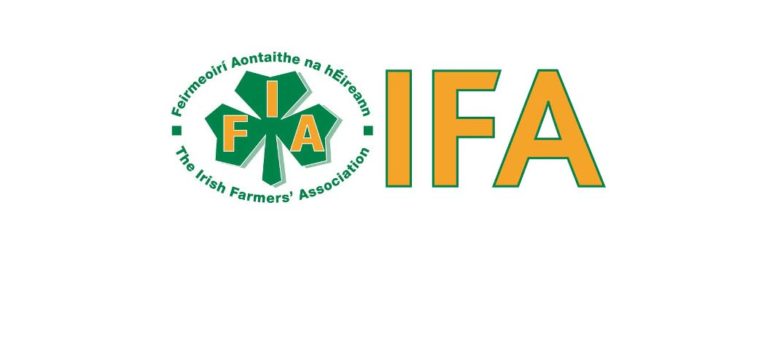
The Annual IFA Farm Income Review, compiled by IFA Economist Kevin Kilcline shows that National Farm Income in 2015 is estimated to have fallen over 3% or €75m on 2014.
The fall in aggregate National Farm Income in 2015 was driven by a sharp fall in milk prices and dairy farm incomes. While there was also a fall in the prices for pigmeat, cereals and poultry, prices for sheep meat, beef, poultry and potatoes all increased.
Output volumes are estimated to have risen significantly for the dairy and cereals sector while there was also some rise in cattle, sheep and poultry volumes. Good growing conditions for pasture and crops resulted in the maintenance of low input volumes and costs, and high output volumes across most sectors. The dreadful weather conditions and flooding experienced at the end of 2015 will have knock-on cost implications and have also caused significant disruption to the horticulture crop harvest. These impacts will manifest themselves in the National Farm Income estimates for 2016.
Sector incomes and prices
In the beef sector, an increase in beef prices of 8% for finished animals, together with a reduction in costs, led to an overall rise in output value. While cattle farmers availed of increased beef prices, initial Teagasc farm level estimates2 show livestock incomes remain low at €15,000 and €17,000 for suckler and beef finishing enterprises respectively. On tillage farms, average incomes are estimated at slightly less than €27,000, whilst dairy income was estimated at slightly over €37,000.
Across the other sectors, sheep farms recorded a marginal increase in prices, reflected in a slight increase in the estimated farm level income on sheep farms, of approximately €16,000. The potato sector recorded a significant price increase which comes in the context of a significant fall witnessed in 2014. The pigmeat sector recorded a fall in price and a continued increase in output, reflecting further advances in productivity. While there was a fall in feed costs, it was insufficient to compensate for the 19% drop in pigmeat prices resulting in a fall in margin for 2015 on pig farms.
Kevin Kilcline said, “Despite the positive price movements in markets for sheepmeat and beef product, the majority of farmers in the tillage, beef and sheep sectors remain completely income reliant on direct payment support. In other words, their costs of production were equal to, and on in most cases, greater than, the market returns for their product”
Cost of credit
With the abolition of milk quota in April, Dairy farmers have invested significantly in their businesses, resulting in a rise in new lending to agriculture of 17% since 2013. Despite this trend of increased lending to agriculture, the overall stock of borrowing continues to fall, suggesting that while farmers have increased their on-farm investment they continue to pay down debt at an even faster rate. While Central Bank figures support the positive lending performance of the sector showing that agriculture has highest percentage of performing loans in the SME sector (loans not in default), figures also show that Irish farmers face higher levels of credit constraint and interest rates relative to their European counterparts, particularly for smaller loans i.e. typical agricultural loans which are less than €250,000.
IFA National Chairman Jer Bergin, responding to the estimates, noted,” In real terms, farm incomes continue to fall, with National Farm Income in 2015 estimated to be only 67% of 1995 levels. When compared to other sectors of the economy, average family farm Incomes are only 55% of the average Industrial Wage. Despite the sector’s positive contribution to economic recovery, profitability at farm level clearly remains a major challenge across all farming enterprises. The combination of reduced national funding for farm schemes and EU CAP supports, greater exposure to volatile world markets, rising input costs and a constrained credit environment are threatening the viability of family farms.”
He continued, “More than 250,000 farm family voters are keenly following the policy proposals and commitments from the political parties and from General Election candidates at national and constituency level. They are looking for policy commitments that have at their core the need to deliver a fair return to family farms to ensure the future sustainability and growth of the agriculture industry and a vibrant rural economy.”
